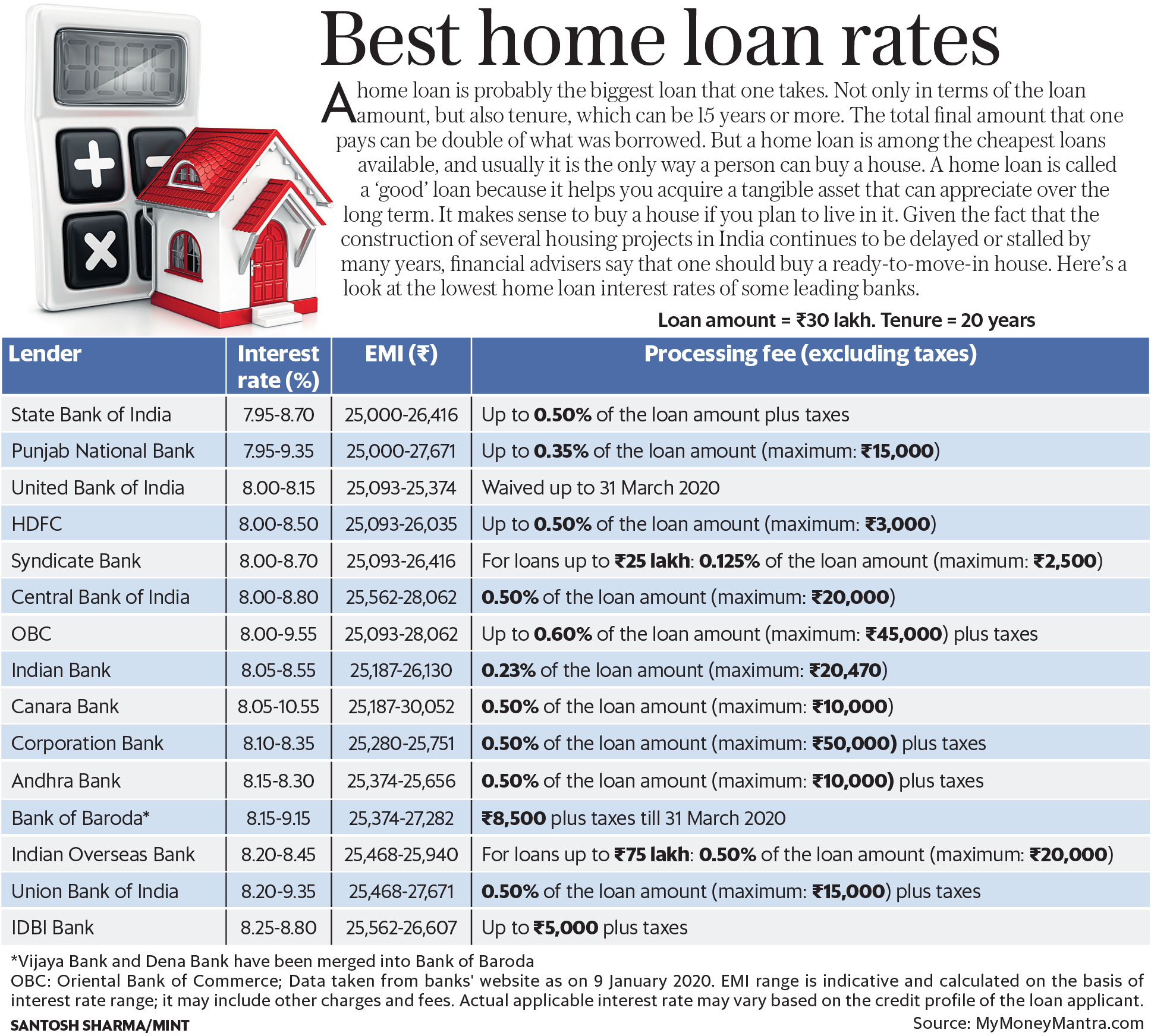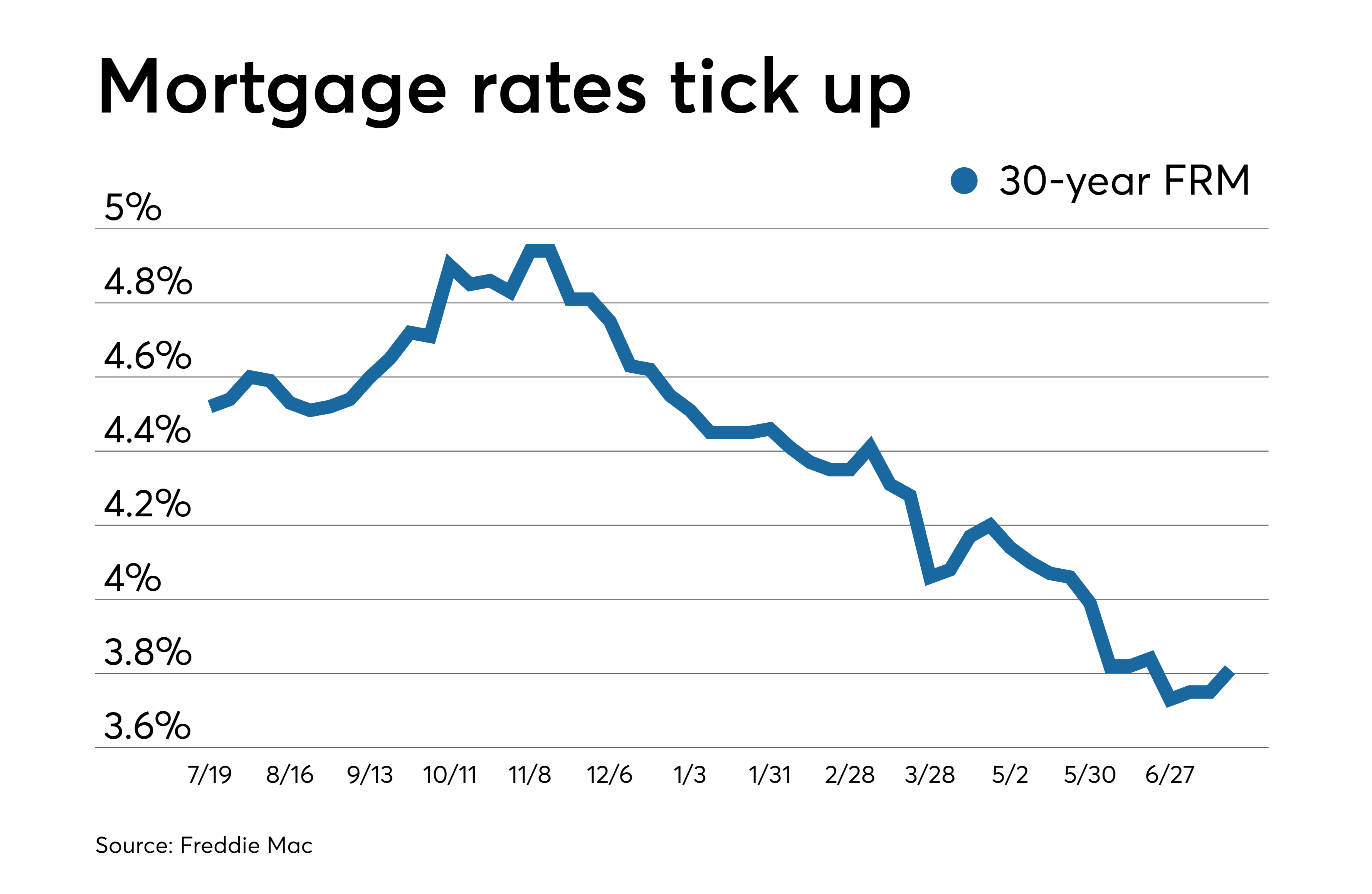Balancing Affordability And Market Stability In Housing: Insights From Gregor Robertson

Table of Contents
Gregor Robertson's Housing Policies in Vancouver: A Case Study
Vancouver, under Gregor Robertson's leadership (2008-2018), faced a severe housing affordability crisis. His administration implemented several policies aimed at addressing this, offering a valuable case study in navigating the complexities of the Vancouver housing market. These policies attempted to tackle both the rental housing sector and stimulate the creation of social housing.
- Rental Housing Protection: Measures were introduced to strengthen tenant rights and protect renters from unfair evictions, aiming to increase rental housing stability. While this contributed to renter security, it also faced criticism for potentially limiting landlord investment in upgrades.
- Inclusionary Zoning: This policy incentivized developers to include a percentage of affordable units in new developments. While successful in adding some affordable units, it also faced challenges in ensuring the long-term affordability of these units and addressing the overall shortfall in affordable housing supply.
- Density Bonuses: Offering developers additional density allowances in exchange for including affordable housing or other community benefits. This approach attempted to incentivize the creation of more housing units overall, potentially easing pressure on the market. However, the effectiveness varied depending on the specific implementation and the overall market conditions.
The impact of these policies on affordability and market stability was mixed. While some successes were achieved in protecting renters and adding affordable units, the overall housing affordability crisis in Vancouver persists. This highlights the significant challenges inherent in balancing these competing goals and the need for comprehensive and multifaceted approaches. Unintended consequences, such as increased rental costs in some areas despite increased supply, also demonstrated the complexities of housing policy.
The Challenges of Balancing Affordability and Market Stability
The inherent tension between affordable housing and market stability stems from fundamental economic forces. High land values and construction costs significantly impact the affordability of new housing developments. Government regulations, while intended to protect consumers and ensure quality, can also influence supply and demand, potentially exacerbating the problem if not carefully designed.
- High Land Values and Construction Costs: The escalating price of land and building materials directly translates to higher housing costs, making it increasingly difficult for lower and middle-income earners to access adequate housing.
- Government Regulation: While crucial for protecting consumers and maintaining building standards, overly restrictive regulations can constrain housing supply and drive up prices. Streamlining permitting processes and exploring alternative construction methods can be effective strategies.
- Market Speculation: Investment speculation in the real estate market can artificially inflate housing prices, making it more challenging to achieve affordability. Policies aimed at curbing speculative activity can play a crucial role.
- Attracting Private Investment: Encouraging private sector investment in affordable housing requires innovative financing models and incentives that align the interests of private developers with social goals. Public-private partnerships are crucial here.
Strategies for Achieving Both Affordability and Market Stability
Addressing the housing crisis requires a multi-pronged approach that builds on lessons learned from past initiatives and incorporates innovative strategies. Taking cues from Gregor Robertson's experience in Vancouver, and broader best practices, the following strategies can be considered:
- Increasing Housing Supply: Implementing zoning reforms to allow for increased density, streamlining the development approval process, and exploring alternative building technologies are crucial to boost housing supply and alleviate pressure on prices.
- Mixed-Income Developments: Integrating affordable housing within larger developments helps create diverse and vibrant communities, reducing social segregation and promoting a sense of community inclusion.
- Innovative Financing Models: Public-private partnerships, tax incentives for affordable housing developers, and the creation of social impact bonds can attract private investment while ensuring affordability.
- Community Engagement: Engaging communities in the planning and development process ensures that housing policies reflect local needs and priorities, fostering greater buy-in and reducing opposition to new developments.
The Importance of Long-Term Planning and Vision
Addressing housing affordability and market stability isn't a short-term fix; it requires a long-term vision and commitment. Sustainable housing policies must be integrated into broader urban planning strategies, considering population growth, economic trends, and environmental factors. Consistent and stable housing policies, implemented over the long term, are essential for success. This involves consistent political will across administrations, ensuring initiatives are not abandoned with changing leadership.
Conclusion
Balancing affordable housing with market stability requires a nuanced understanding of the complex interplay of economic, social, and political factors. Gregor Robertson's experience in Vancouver offers valuable insights into both the successes and challenges of navigating this issue. Ultimately, achieving both affordability and market stability demands a comprehensive strategy that focuses on increasing housing supply through various methods, implementing innovative financing mechanisms, fostering community engagement, and crucially, embracing a long-term vision. Learn more about creating sustainable solutions for affordable housing and market stability in your area today! [Link to relevant resource]

Featured Posts
-
 Melanie Thierry Filmographie Et Biographie De L Actrice Francaise
May 26, 2025
Melanie Thierry Filmographie Et Biographie De L Actrice Francaise
May 26, 2025 -
 300 Fine For Spectator Who Spat At Mathieu Van Der Poel
May 26, 2025
300 Fine For Spectator Who Spat At Mathieu Van Der Poel
May 26, 2025 -
 The Jenson Fw 22 Extended A Complete Overview
May 26, 2025
The Jenson Fw 22 Extended A Complete Overview
May 26, 2025 -
 Fcm And Bundesliga Lars Fuchs Weg Und Seine Dankbarkeit
May 26, 2025
Fcm And Bundesliga Lars Fuchs Weg Und Seine Dankbarkeit
May 26, 2025 -
 Sg Wireless Deepening Manufacturing Partnerships For Secure And Reliable Oem Solutions
May 26, 2025
Sg Wireless Deepening Manufacturing Partnerships For Secure And Reliable Oem Solutions
May 26, 2025
Latest Posts
-
 Check Todays Personal Loan Interest Rates And Apply Now
May 28, 2025
Check Todays Personal Loan Interest Rates And Apply Now
May 28, 2025 -
 Personal Loan Interest Rates Today How To Get The Lowest Rate
May 28, 2025
Personal Loan Interest Rates Today How To Get The Lowest Rate
May 28, 2025 -
 Find The Perfect Personal Loan Todays Best Interest Rates
May 28, 2025
Find The Perfect Personal Loan Todays Best Interest Rates
May 28, 2025 -
 6000
May 28, 2025
6000
May 28, 2025 -
 18 000
May 28, 2025
18 000
May 28, 2025
